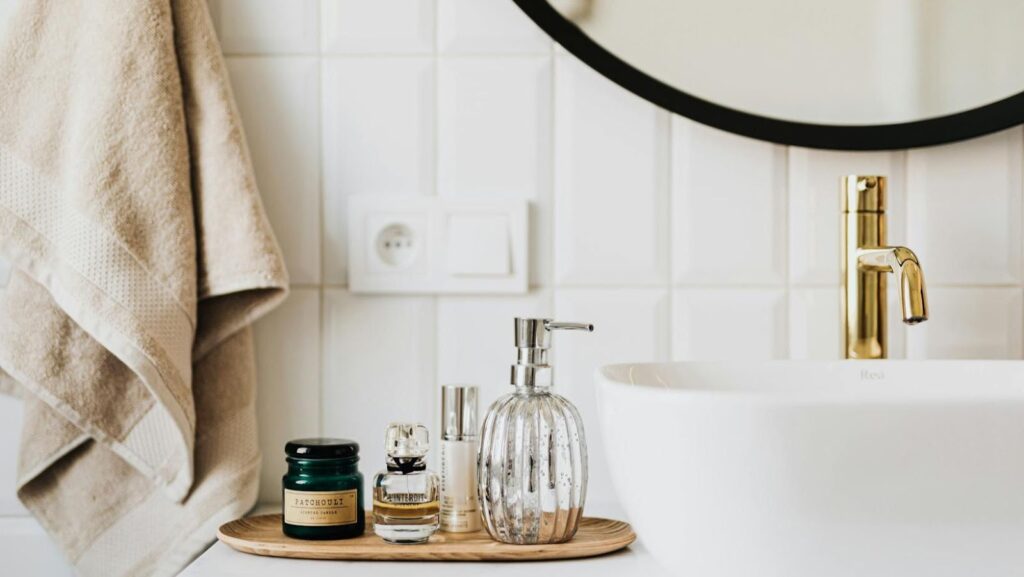Moving into a new home in Ohio presents an exciting opportunity to make your mark on a space, particularly before your belongings are in place. Ohio, with its rich diversity of homes ranging from historic properties in Cincinnati to new builds in Columbus, offers unique challenges and possibilities for new homeowners looking to personalize their living spaces. Making strategic improvements before moving in can significantly ease the transition and enhance the overall functionality and aesthetics of the home. Before you begin unpacking boxes and arranging furniture, there are several improvements to consider that can make your new house feel like home from the start. From safety updates to cosmetic changes, tackling these tasks before you move in can save time, reduce stress, and potentially increase the value of your property. This guide outlines key home improvements that are best handled before moving day.
Safety Upgrades
First and foremost, ensure your new home is safe and secure. This includes installing or checking smoke detectors and carbon monoxide detectors throughout the house, ensuring they are in working order and strategically placed. Additionally, assess the need for a security system update or installation, particularly if the house is in an older area that may not have had recent technological upgrades. Safety checks should also cover the functionality of locks on doors and windows, replacing any that are worn or outdated.
Flooring Updates
Updating the flooring is another improvement that’s easier to manage before the furniture arrives. Whether refinishing hardwood floors, laying new carpet, or installing tiles, having a clear space simplifies the process. Coordinating with local professionals can ensure a smooth transition for those moving within or to Cincinnati. Consider hiring experienced Cincinnati movers who can temporarily move and store your belongings while flooring updates are completed, minimizing disruption to your move.
Painting
Painting the interior is another task best completed before moving in. With empty rooms, you can more easily reach every corner, ceiling, and baseboard without the obstruction of furniture. Opt for colors that not only suit your personal taste but also complement the lighting and size of each room. Neutral colors can help create a sense of space and light, making rooms feel larger and more inviting, which is particularly beneficial in smaller or darker spaces.
Electrical Checks
Electrical systems in older homes, which are common in various Ohio neighborhoods, may require a thorough inspection and potential upgrade to handle modern electrical demands safely. Check and replace any outdated wiring, increase the number of outlets to accommodate more appliances and electronics, and ensure that the electrical panel can handle the load. Professional electricians can provide essential services to ensure that all electrical components are safe, up to code, and suitable for your family’s needs.
Plumbing Assessments
Lastly, evaluating the plumbing system is crucial, especially in older homes that may have outdated pipes or fixtures. Have a professional inspect for leaks, assess the condition of the pipes, and check the functionality of the water heater and other plumbing-related appliances. Addressing these issues before you move in can prevent future problems, such as water damage or inconvenient breakdowns, ensuring that your new home is comfortable and ready for occupancy from day one.
Kitchen and Bathroom Upgrades
Upgrading kitchens and bathrooms can significantly increase the functionality and appeal of your home. Consider replacing old fixtures, countertops, and cabinets. Modernizing these spaces not only improves your living experience but can also boost your home’s market value. Focus on high-impact elements like backsplashes in the kitchen and water-efficient fixtures in the bathroom to maximize both aesthetics and functionality.
Energy Efficiency Improvements
Making your home energy efficient is a key step in home improvement, especially before moving in. Replacing old windows with energy-efficient models, adding additional insulation, and installing smart thermostats can reduce energy consumption and save money in the long run. Look for ENERGY STAR-rated appliances if replacements are needed, as they comply with energy efficiency specifications set by the EPA.
Outdoor Spaces
Don’t overlook the exterior of your home. Simple improvements like landscaping, cleaning up the yard, and painting or repairing fences and decks can greatly enhance curb appeal and create a welcoming environment. Consider setting up outdoor seating areas or a garden to make the outdoor space more inviting and usable.
Accessibility Improvements
If you or a family member has mobility challenges, making accessibility improvements before moving in is crucial. This can include installing ramps, widening doorways, or modifying bathrooms with grab bars and walk-in showers. Addressing these needs early can make the transition into the new home smoother and more comfortable.
Maintaining Your Home Post-Improvement
Once the improvements are made, maintaining your home is essential to keep it in top condition. Regular maintenance tasks like checking the roof, cleaning gutters, servicing the HVAC system, and touching up paint can prevent minor issues from becoming major problems. Set a seasonal schedule for maintenance to ensure nothing is overlooked. Creating a maintenance checklist that aligns with the seasonal changes in your region can also be helpful. This ensures that your home is prepared for the unique challenges each season brings, whether it be freezing temperatures, high humidity, or storm seasons.
Conclusion
Taking the time to make strategic improvements before you move into your new home can pay off in the long term, providing enhanced comfort, increased functionality, and added value. Start with the essentials like safety and structural integrity, and then move on to cosmetic changes and personalization. By methodically planning and executing these improvements, you’ll create a space that truly feels like home from the moment you move in. By methodically addressing each of these areas before moving in, you ensure that your home is not only beautiful and functional but also a true reflection of your personal style and needs. This proactive approach to home improvement sets the foundation for enjoyable and stress-free homeownership.



